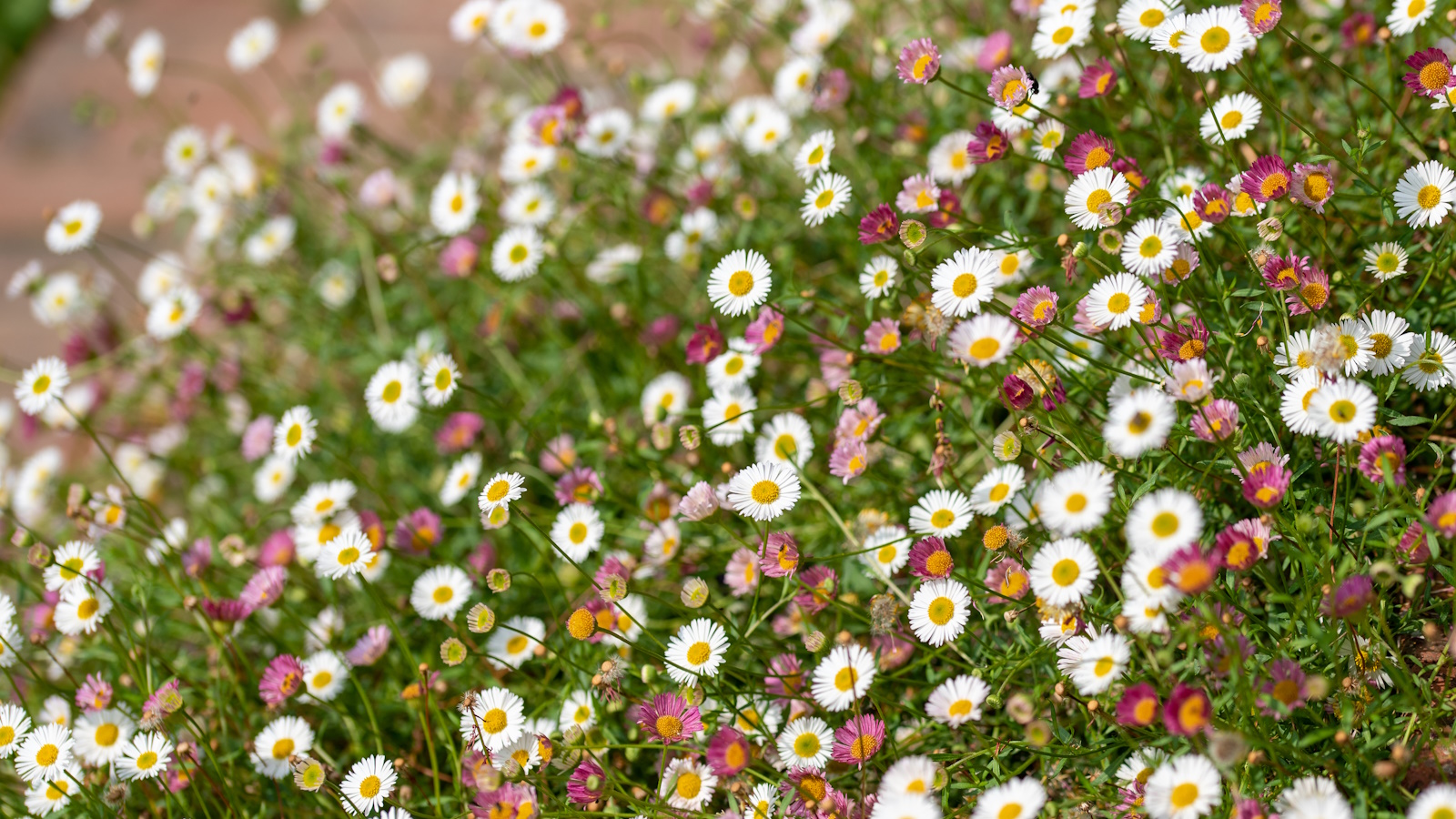
It’s easy to gloss over underrated plants when designing a yard, but as experts reveal, it’s both us and our gardens that are missing out. Frequently regarded as weeds, nothing special or simply seen as unfashionable, these plants can be hardworking, remarkably easy going and invaluable to nature and the health of our yard.
By taking a fresh look at undervalued plants and discovering a little more about their qualities, we can begin to understand the different ways they can enrich and improve our plots. Offering pollen and nectar, seeds, shelter and soil enriching nutrients, we should take time to think carefully about their unique characteristics and just maybe find a spot to celebrate them in our vegetable gardens, containers and flower bed ideas.
From dandelions and toad lily, to the dense low-growing mats of creeping thyme, there are plenty of lesser-regarded plants that are worth re-evaluating.
9 underrated plants that deserve to be in your yard
Discover which plants leading garden experts consider to be the unsung garden heroes, and find out exactly how they can improve your yard.
1. Wallflower
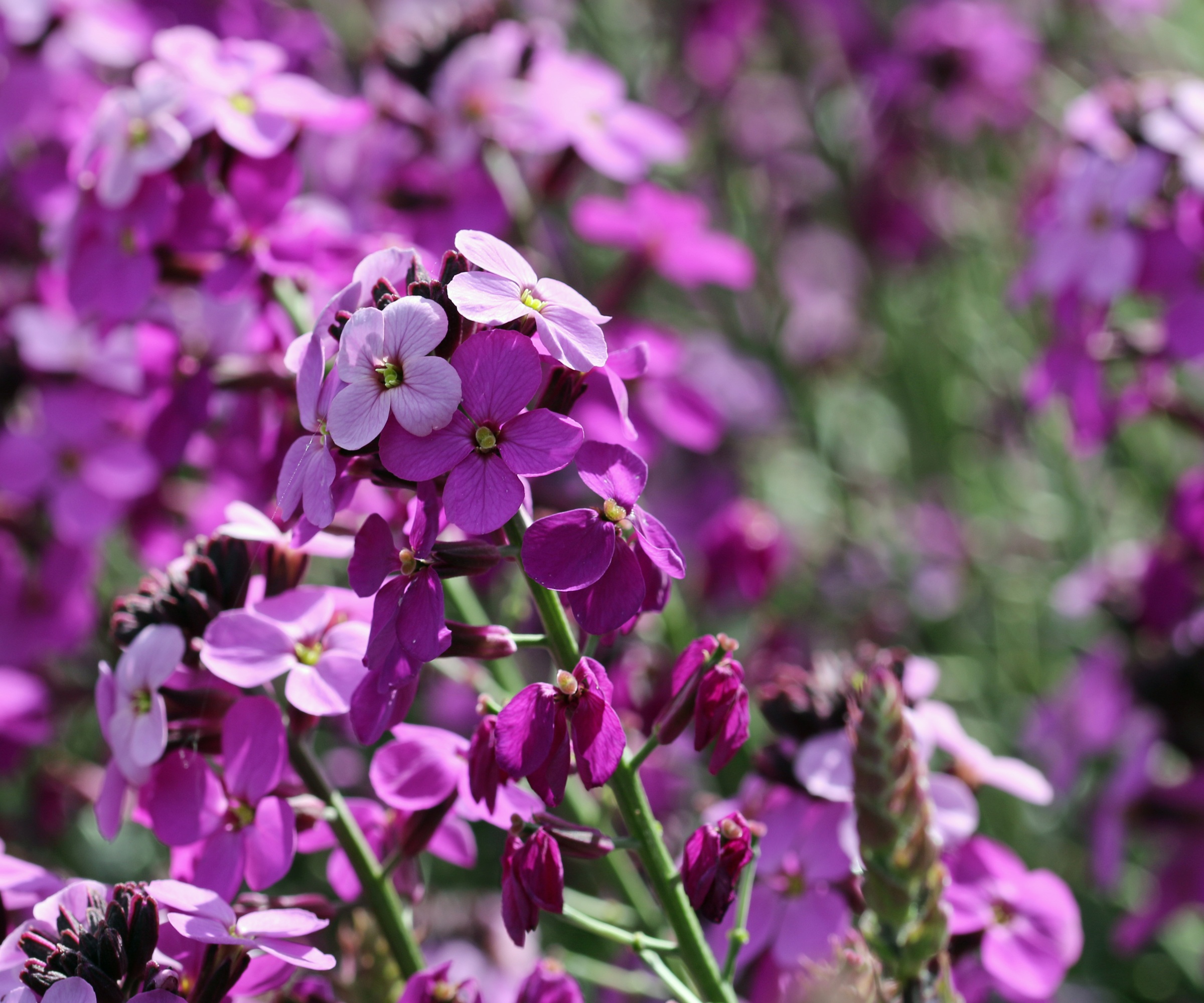
‘Erysimum, or wallflower, is a true garden workhorse,’ exclaims Master Gardener Tabar Gifford. ‘This long-blooming perennial offers vibrant color, delightful fragrance, and exceptional resilience, thriving in low-fertility and sandy soils where other plants might struggle. One of its greatest strengths is its extended flowering period, which lasts from spring until first frost- a rare trait that ensures continuous color for months on end.’
Perfect for borders, containers, and focal points, wallflower's upright, bushy form creates structure while its richly colored blooms provide an ever-changing display of warm tones, and a lot of people don't realise it's often beautifully scented.
Heat tolerant, this plant is ideal for hot, sunny garden beds and one of the best flowers for pots in full sun. Once established, it requires minimal maintenance beyond deadheading to prolong the show.
A standout variety to try is Erysimum Erysistible™ ‘Tricolor’ available from High Country Gardens. A mesmerizing selection that transitions from radiant reds to sunny yellows and soft pinks as the season progresses.
‘Beyond its beauty, this wallflower is also a pollinator magnet, drawing in butterflies and hummingbirds that will return year after year,’ says Tabar. ‘Plus, its long-lasting blooms make it an excellent addition to cut flower arrangements.’
2. Fleabane

Erigeron, commonly known as fleabane, is a hardworking yet often overlooked perennial that brings delicate beauty, extended blooms, and incredible ecological benefits to the garden. ‘With its daisy-like flowers in shades of white, pink, lavender, and purple, Erigeron delivers a soft, wildflower charm that blends seamlessly into both naturalistic and formal plantings,’ says Tabar. ‘This resilient genus includes both low- growing ground covers and taller meadow species, making it a versatile choice for a range of garden settings.’
One of Erigeron’s greatest strengths is its long flowering season, often blooming from spring through fall with minimal maintenance. While it looks delicate, Erigeron is surprisingly tough and adaptable, thriving in well-draining soil and handling full sun to partial shade. Many species are drought-tolerant once established, making them an excellent choice for xeriscaping, rock gardens, and pollinator-friendly plantings.
'Beyond its beauty, Erigeron is a pollinator powerhouse, attracting native bees, butterflies, and hoverflies with its nectar-rich blooms. This hardworking perennial supports biodiversity in any garden while also providing dense foliage that shelters small wildlife,’ says Tabar. ‘Some varieties even offer practical benefits like soil stabilization and erosion control, making them as functional as they are beautiful.’
Erigeron is incredibly versatile and fits seamlessly into a variety of garden settings. ‘Thanks to its low-water needs and tolerance for lean soils, it thrives in rock gardens and dry slopes, where other plants might struggle. For those looking to support pollinators, Erigeron pairs beautifully with penstemon, monarda, and agastache, serving as a key nectar source for bees and butterflies.’
For a standout selection, consider Mountain Fleabane Erigeron formosissimus available from High Country Gardens. A Rocky Mountain native celebrated for its resilience and beauty, this variety, features pastel purple, pink, and white flowers on graceful arching stems, providing both visual appeal and ecological benefits. Thriving in high-altitude meadows and streambanks, it attracts pollinators while offering exceptional adaptability and erosion control.
3. Dandelions
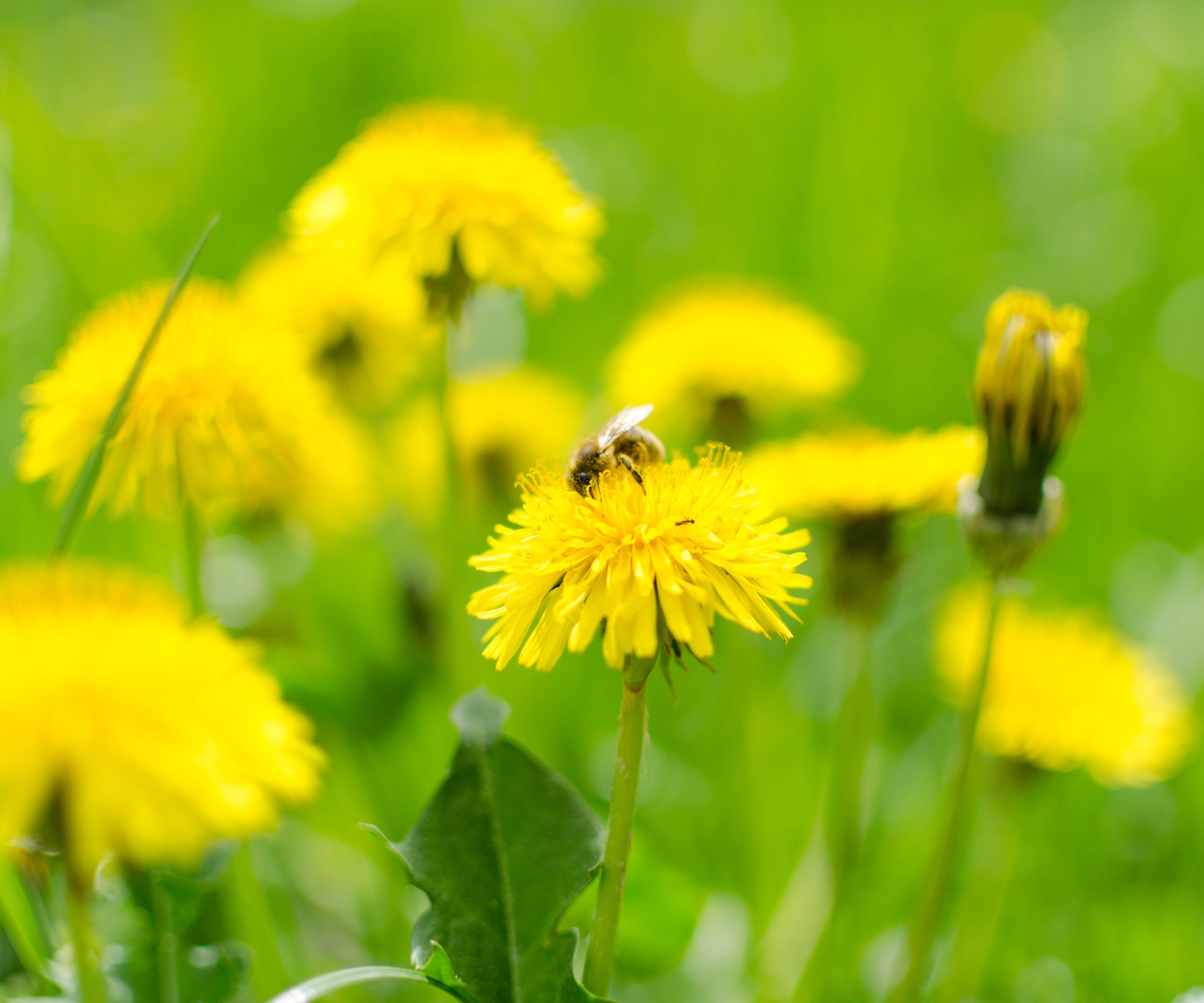
Supporting over fifty different species of insects, dandelions are seriously under valued and overlooked. Largely regarded as weeds, they are often whipped out of lawns, borders and paving at the first glimmer of a jagged leaf and long before they get a chance to shed their parachuted seeds.
Loved by bees, flies, moths and wasps, these dense golden blooms appear from March to October offering an invaluable early source of nectar. Many of these beneficial pollinators, in turn, attract helpful garden visitors such as birds, mammals and amphibians, once again boosting the biodiversity and ecosystem in your back yard.
Dandelions have the ability to thrive with no care whatsoever. Producing long tap roots, they help aerate the soil, bringing deeply located nutrients closer to the soil’s surface so crops and other plants can benefit.
Their delicate seeds are loved by birds including finches and sparrows and their leaves are highly nutritious for us too, including vitamins and minerals such as magnesium, iron and calcium.
4. Eastern Bluestar

Seriously dazzling, with ice blue blooms emerging from mysteriously dark buds, it’s hard to know why Eastern Bluestar or Amsonia is only just becoming popular with gardeners.
The nectar and pollen in each spring flower is highly sought after by bees and it also makes a fun and showy cut flower. Undemanding and happy in most types of soil, these clump-forming perennials brighten up problematic shady spots in the yard with their icy tones.
‘Hardworking Amsonia is a North American native that deserves more love in the perennial garden,’ says Horticulturalist Justin Hancock. ‘An easy-care plant it shows off just the loveliest clusters of star-shaped blue flowers in late spring before the leaves turn gold in fall. It’s also great for pollinators, deer- and rabbit-resistant!’
Love this look, then discover which other spectacular blue blooms to grow in your yard.
5. Toad Lily
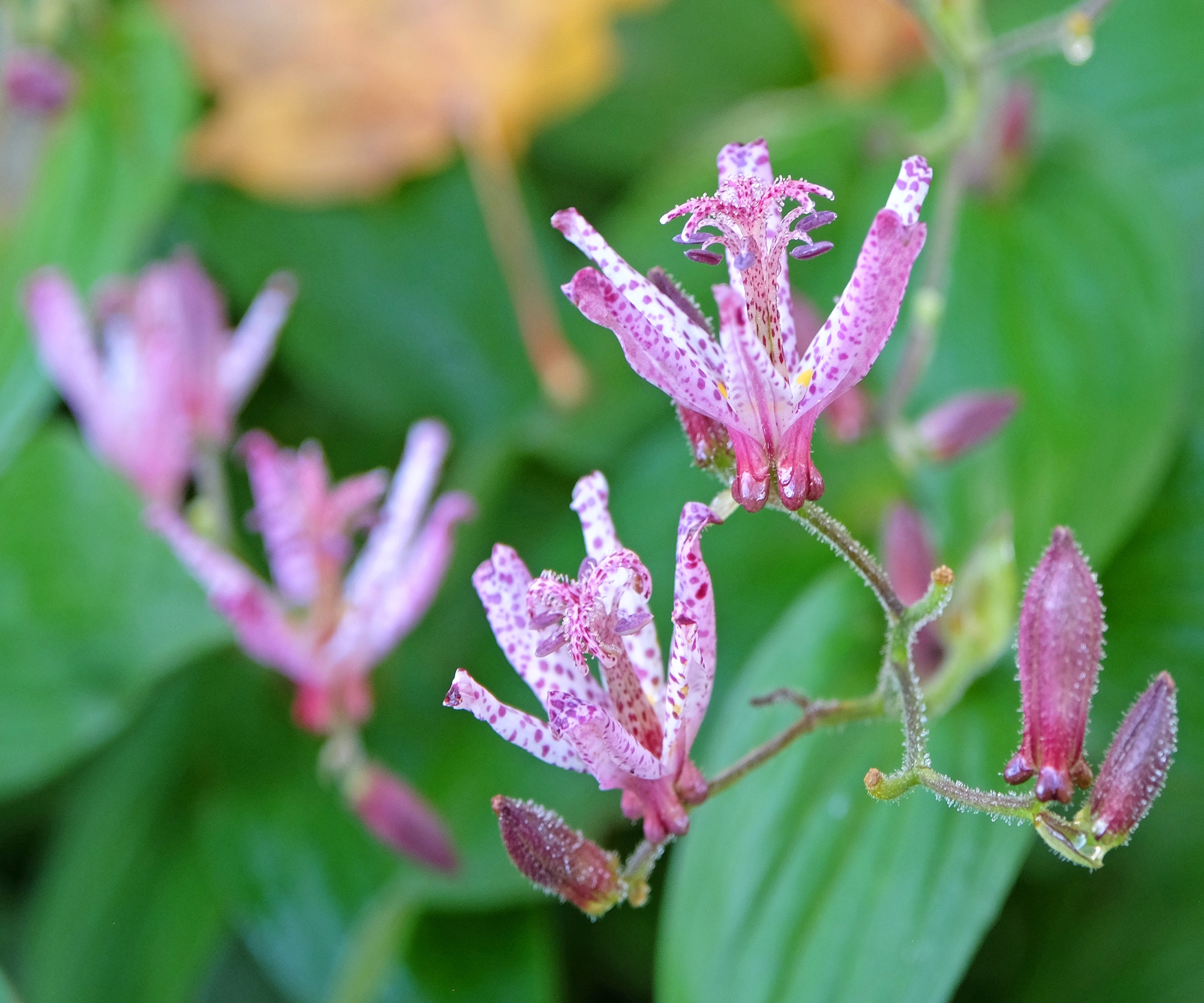
Seldom heard of, let alone considered for room in the yard, toad lily or Tricyrtis hirta is a hard-working perennial originating from Japan. Flowering from August to October they bear spectacular star-shaped blooms on long arching stems, often reaching around 23 inches (60cm) tall.
Set against a mass of large green ribbed leaves, these plants make a real impact in any border and deserve more recognition not just for their showy display but for their easy-going nature and love of shade too.
‘It can be challenging to find shade-loving plants that bloom in summer and fall, so I’m surprised that toad lily hasn’t caught on and become more popular,’ Justin continues.
‘They’re totally underrated gems for their bloom time and beauty - the star-shaped flowers mainly appear in shades of pink, white, and purple. Some have variegated foliage for multiple seasons of interest.’
6. False Indigo
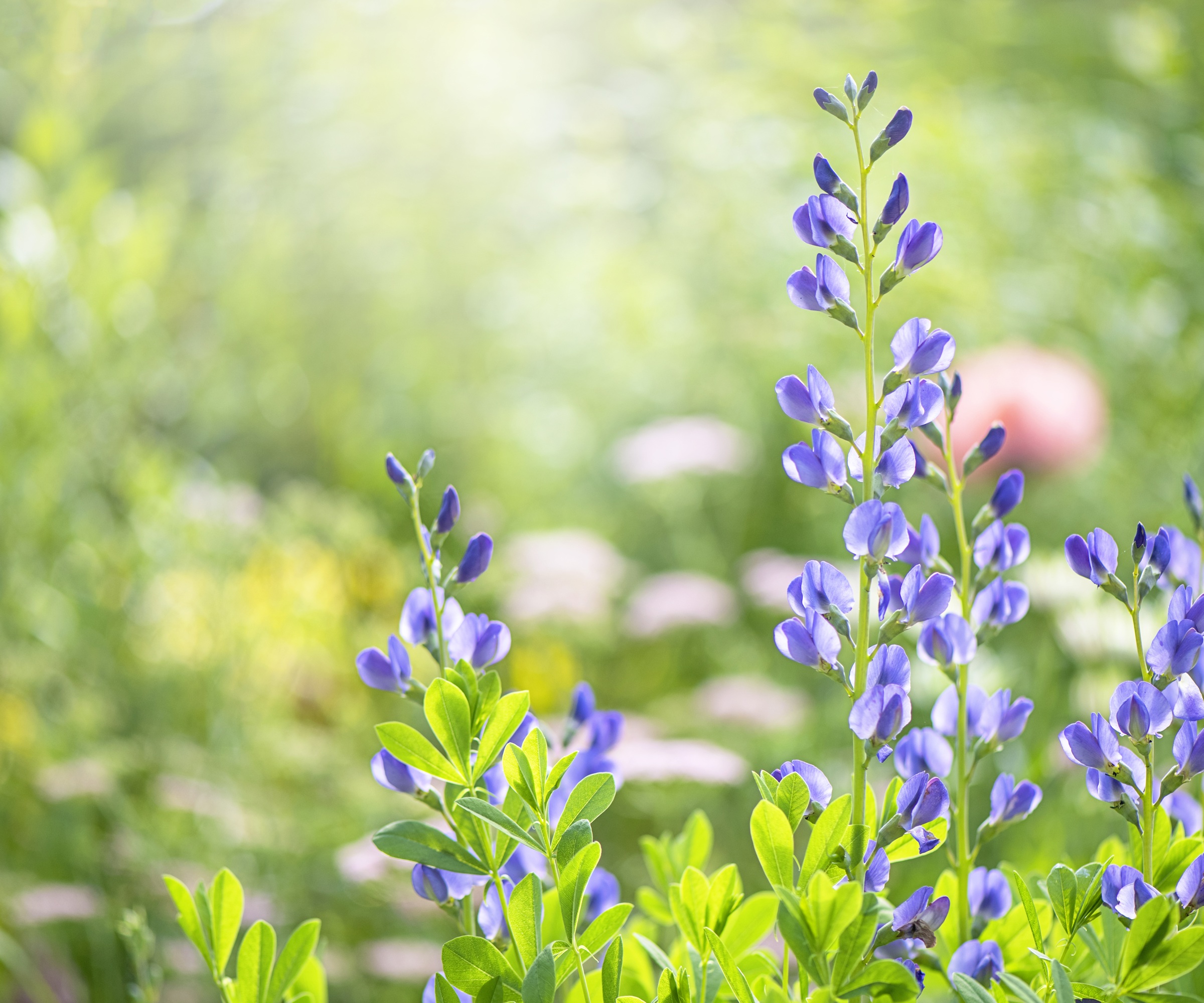
A plant of many names – baptisia, wild indigo, false indigo to name a few – is an unsung member of the pea family. A North American native perennial it shows off flower spikes of blue, purple, white, or yellow flowers in late spring and early summer.
Set against gorgeous soft blue-green foliage it offers a long lasting colorful display for next to no fuss or upkeep.
‘This plant has become more popular in recent years thanks to the new varieties that have come out, but it’s still largely unknown by so many gardeners and that’s such a shame because it’s so easy to grow,’ exclaims Justin.
‘It’s incredibly heat and drought tolerant - so once it’s established, you don’t really need to do anything but sit back and enjoy this no-fuss perennial for year and years to come.’
7. Mind your own business
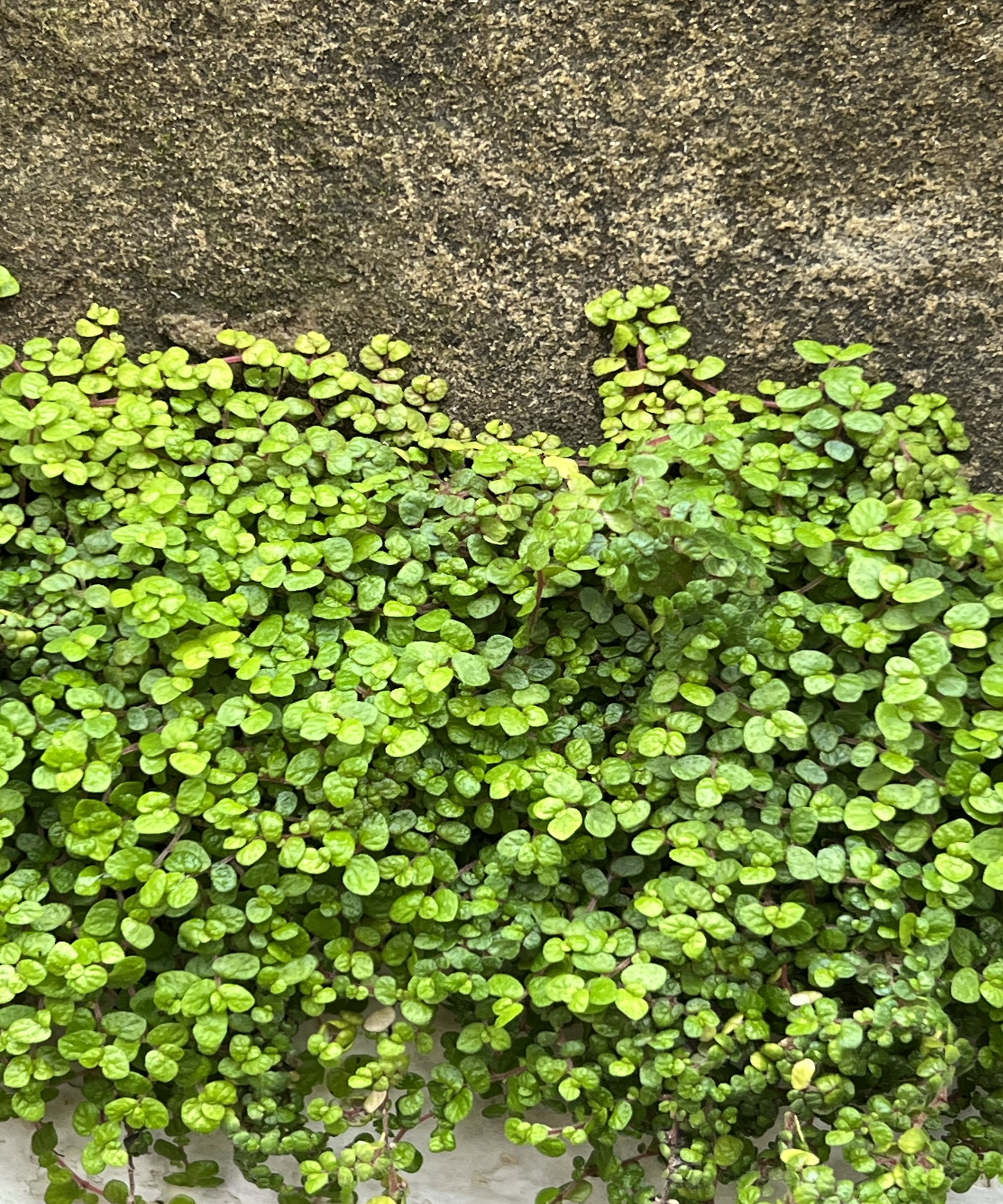
Baby tears or Soleirolia soleirolii is one of those understated ground cover plants you only really notice if it’s no longer there. Creating beautiful, lush green frothy carpets of tiny leaves it does an amazing job of seamlessly blurring different surfaces, awkward corners and forgotten spots between steps, paving and around pond edges.
An evergreen, perennial preferring damp shady spots, it grows quickly forming dense mats of foliage, but besides its quiet good looks, this plant plays an important role supporting nature.
Forming low growing ground cover, Mind-your-own-business provides shelter for invaluable invertebrates. Earwigs, pillbugs, spiders plus ground and predatory beetles are just some of the species who thrive and hunt beneath the canopy of this plant.
Helping to form a beneficial ecosystem, these tiny garden visitors process and recycle the garden’s natural debris, enriching the soil, plus, in turn, providing food for larger garden birds and mammals.
Sort after varieties of Soleirolia soleirolii include golden leaved ‘Aurea’, ‘Variegata’ with its mix of cream and apple green leaves and ‘Argentea’ known for its silvery foliage. For the most vibrant display Soleirolia soleirolii ‘Aladatase’ is your best option. Soleirolia soleirolii plants are available from Walmart.
8. Stinging nettle
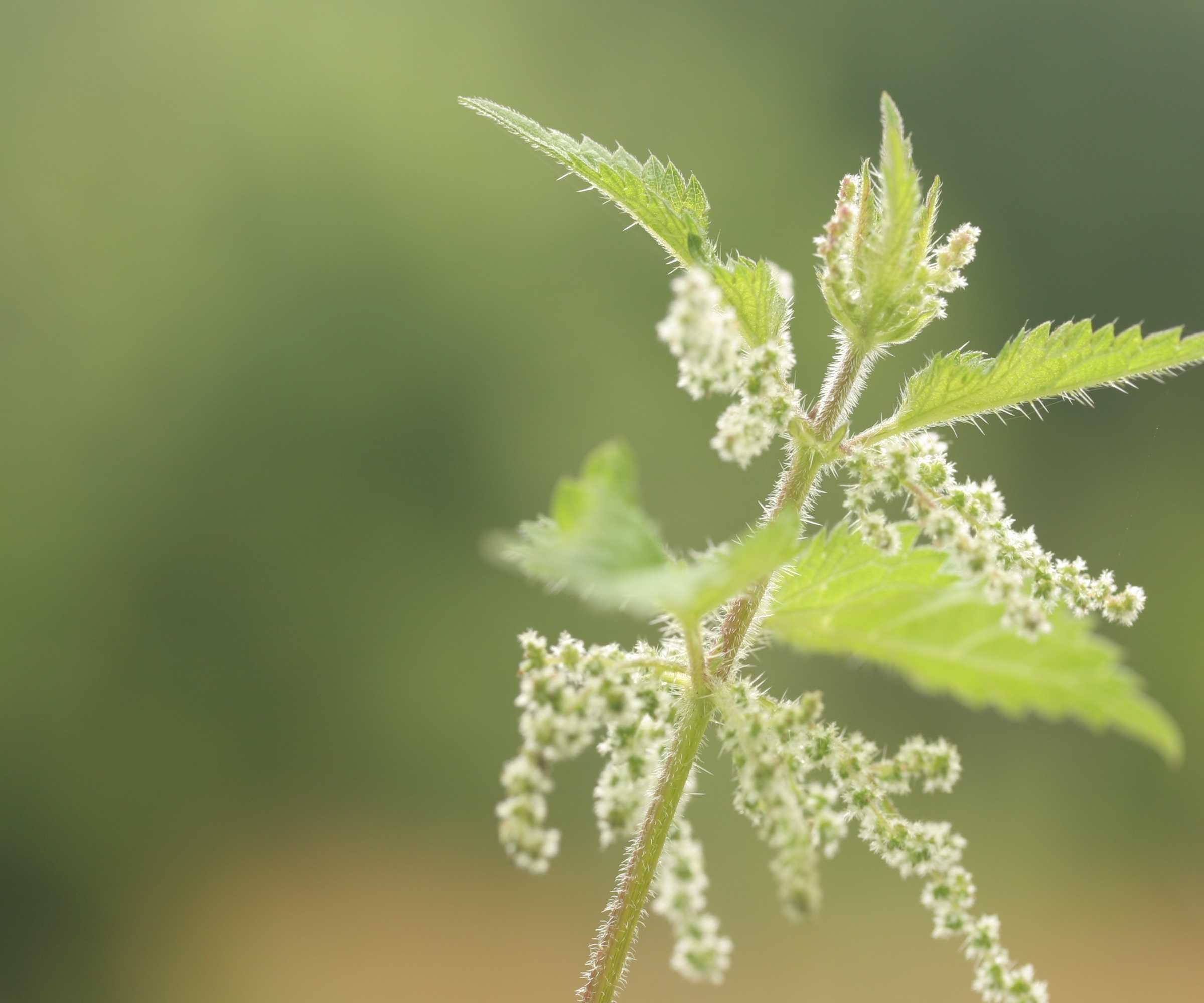
There are so many reasons to allow a patch of nettles to thrive your yard. Ok, they are not the best option for growing near pathways, borders and other high traffic areas for obvious, rather painful reasons, but their value to pollinators, garden wildlife and the health of your garden is immense.
A favorite and valuable food source for many types of caterpillars, their presence will also entice garden birds, amphibians and small mammals to visit your patch, increasing its biodiversity and encouraging natural pest control.
Nettles are also popular with slugs and snails, so are the perfect sacrificial plant to grow around your veg patch or near prized, tender blooms such as peonies and dahlias. Ladybirds love to lay their eggs amongst the plant’s bristly stems and leaves. Once these mature into ladybird larvae they will happily seek out and munch on crop damaging aphids, whitefly and red spider mites.
Nettles love to grow on rich soil, so can be a useful indicator when seeking out the most fertile parts of your yard. Thanks to their high nutrient levels, these plants can also be crushed and soaked in water to create a nutritious liquid plant feed or chopped up and added to a compost heap to accelerate decomposition.
9. Creeping thyme
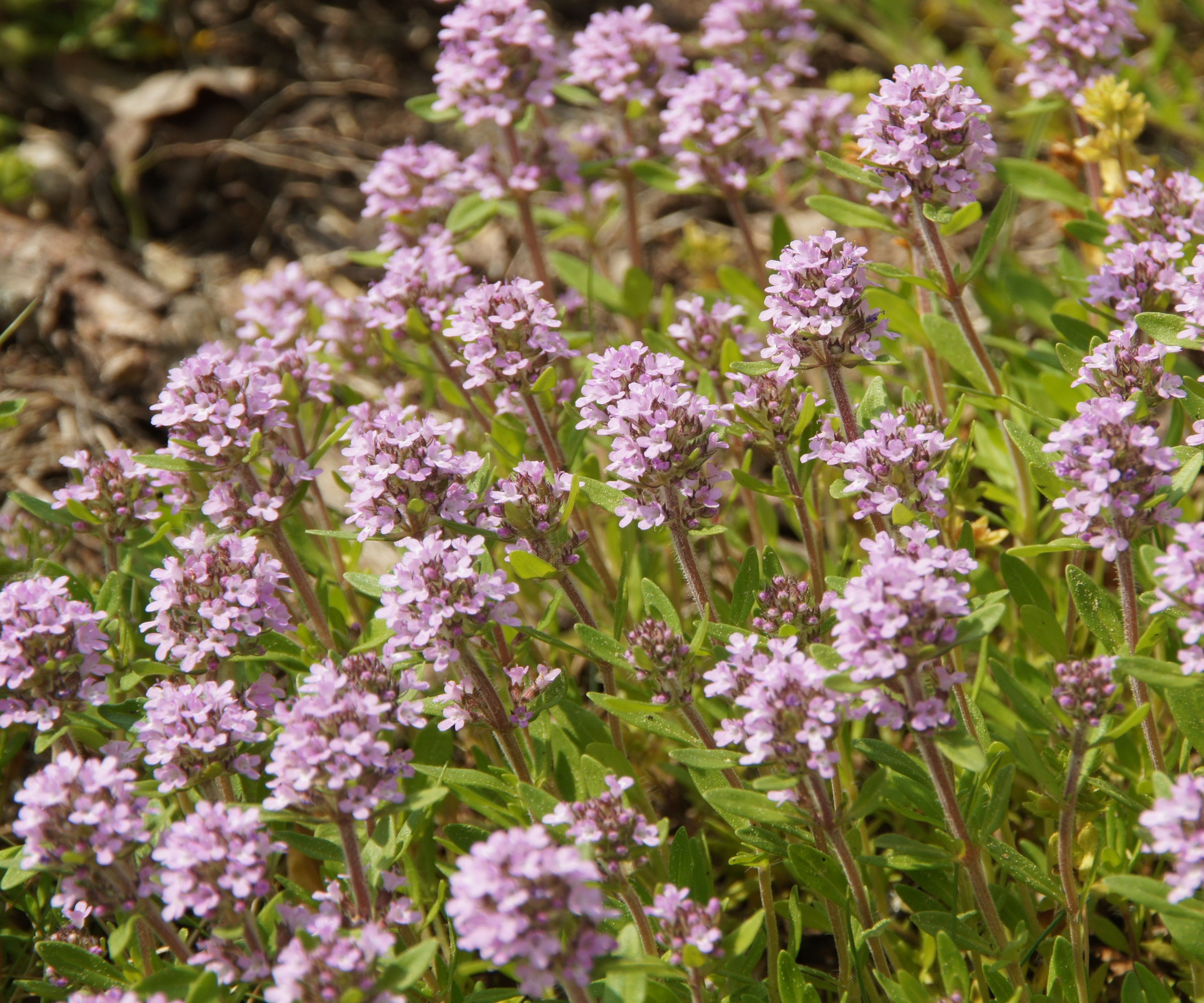
Yes, its adored for its beautiful blooms and fragrant foliage, but did you know creeping thyme or Thymus serphyllum is also a time saver and life giver too.
‘Thyme works all year-round filling cracks between flagstones and eroding rock walls. Often evergreen, weed suppressing, and sometimes sweetly scent the air as you step on them, these are the thankless heroes of my garden,’ says Horticultural Manager Lauren Carvalho.
Flowering from late spring through to late summer, these pink-purple blooms are hugely attractive to pollinators including bees, butterflies and hoverflies. A valuable food source, growing this plant as a walkable patch of lawn or within large areas of paving can boost your local area’s biodiversity. There are many more reasons to growing a red creeping thyme lawn, which we cover in detail in our guide.
‘Thymus serphyllum ‘Reiter’ is an impressive and underrated groundcover that rapidly fills in where other plants won’t grow,’ says Lauren. ‘Extremely cold hardy, it also blooms profusely during the hottest parts of summer.’ Creeping thyme plants - including Thymus serphyllum ‘Reiter’ are available at High Country Gardens.
Inspired to rethink your planting choices or want to gain more from your plants, then check out these rose companion plants, being mindful of these companion planting mistakes. Learning what are Edimentals can also help expand your gardening horizons.







